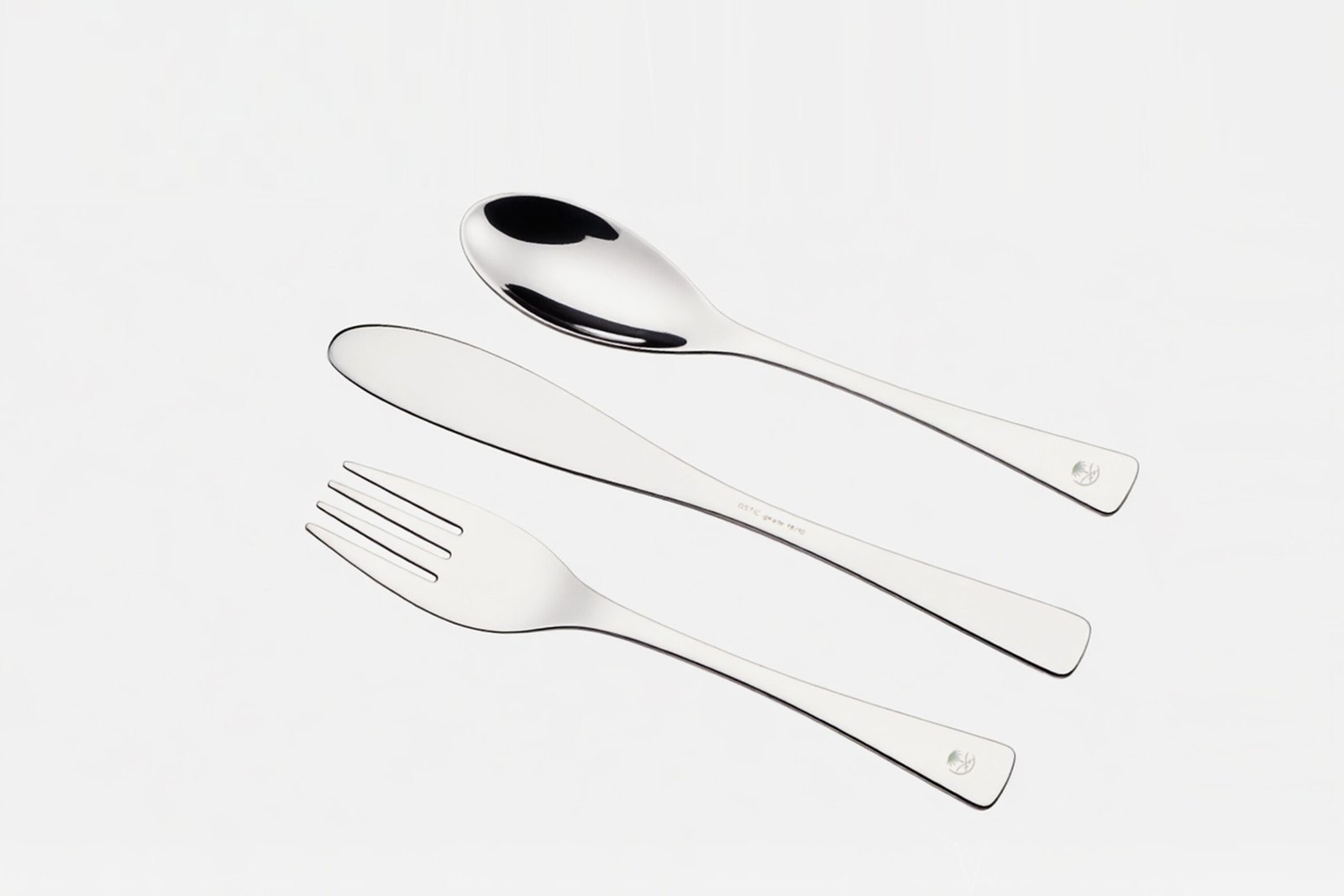The term “silverware” can be confusing because it doesn’t always mean real silver. People often misunderstand the value and durability of their silverware because of this confusion.
Silverware typically refers to utensils made from a variety of materials, including stainless steel, with a silver-like finish. True silverware is made from sterling silver, a metal alloy containing 92.5% silver. If your silverware is not marked as “sterling” or “925,” it is likely made from a different material.
Let’s take a look at the different types of silverware and how to tell the difference between real silver and imitations.
Table of Contents

How Can I Tell if Silverware is Real Silver?
To determine if silverware is real silver, look for specific markings and know what the material is made of. Sterling silver is required by law to be marked, so you need to know what to look for.
Real silver silverware will usually be stamped with markings such as “925” or “sterling” to indicate its silver content. If the item is not marked, it is likely not made of pure silver.
One way to identify sterling silver is to look for the “925” stamp, which means the piece is 92.5% pure silver. If the silverware does not have this stamp, it could be silver-plated or stainless steel.
Is My Silverware Real Silver?
To find out if your silverware is real silver, you need to know what to look for. Real silverware will have specific markings on it, and you need to know what the material is.
Sterling silverware is valuable due to its high silver content and the labor involved in crafting it. Silver-plated silverware, however, is less valuable, as it consists of only a thin layer of silver.
One way to tell if you have sterling silver is to look for the “925” stamp. This stamp means the piece is 92.5% pure silver. If your silverware doesn’t have this stamp, it could be silver-plated or stainless steel.
Are Silver Spoons Sterling Silver?
Not all spoons labeled as “silver” are sterling silver. The term “silver spoon” can refer to sterling silver spoons or silver-plated spoons.
To determine if a silver spoon is made of solid silver, look for stamps like “925” or “sterling.” If there is no stamp, it is likely silver-plated, not solid silver.
Sterling silver spoons are prized for their beauty and durability. However, many silver spoons are silver-plated, meaning they have a thin layer of silver over a base metal like copper or stainless steel.
When Did Silverware Stop Being Made of Silver?
Silverware used to be made of solid silver, but as manufacturing processes evolved, stainless steel and other materials became more cost-effective options.
Silverware began to be replaced by stainless steel during the 20th century, particularly due to its affordability and resistance to corrosion. This shift made silverware less commonly crafted from solid silver.
The rise of stainless steel and the decline in the price of silver led to this change. Sterling silver remained a luxury material for special occasions, while everyday silverware became predominantly made from more affordable metals.
How to Check if Silver is Real?
There are several ways to test if silver is real, ranging from simple visual checks to more advanced methods like the magnet test.
To check if silver is real, you can look for marks such as “925” or “sterling,” or perform tests like the magnet test, which won’t attract real silver. An acid test can also confirm purity.
It won’t attract a magnet, unlike many fake metals. You can also have a professional do an acid test to determine the purity of the silver to see if it is sterling silver or silver-plated.
Is Silverware 100% Silver?
Silverware is not always 100% silver. Most silverware is made from sterling silver, which is 92.5% silver and other metals.
100% silverware is rare because pure silver is too soft. Instead, silverware is made from sterling silver, which is mixed with other metals for strength and durability.
Sterling silver is the most common material for high-quality silverware. While it isn’t 100% silver, the 92.5% silver content gives it the desired qualities of shine and resistance to corrosion.
Can You Eat with a Silver Spoon?
Eating with a silver spoon is safe and can even be beneficial because silver has antimicrobial properties.
Silver has natural antibacterial properties, which can reduce the risk of infections. However, silverware should still be cleaned regularly to maintain hygiene.
While silver can help reduce the presence of bacteria, you should not eat hot foods with a silver spoon for prolonged periods because the silver can react with acidic substances.
Does Silver Get Rusty?
Unlike many other metals, silver does not rust, but it can tarnish over time due to exposure to air and moisture.
Silver tarnishes as it reacts with sulfur compounds in the air, creating a dull, discolored surface. This tarnishing can be cleaned, but silver doesn’t rust like iron or steel.
To prevent tarnishing, store silverware in a dry place and regularly polish it. Using anti-tarnish cloths or silica gel packets can help preserve its shine.
Real silverware is made from sterling silver, which can be identified by specific stamps. Silver-plated pieces, while similar in appearance, are not made from solid silver and are less valuable.






